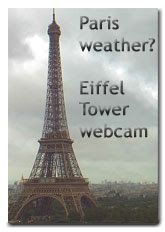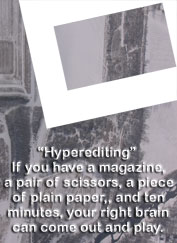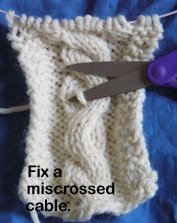.
Hayagriva Sand Mandala.
Tiny lines and piles of grains of colored sand..........
Ordinarily, sand paintings are brushed away immediately after they are finished, as a reminder of the impermanence of things. The museum got a special dispensation to be able to keep this one. (Which is totally under plexiglas.)
Another look out another window. Some fraction of our hotel may be visible here.
Spiraling texture scraped into the surface of what appears to be a rather gritty clay body.
This was right beside the above. It is contemporary Japanese, so I bet the one above is, too.
Furukawa Takahisa. 1975.
Looking west through another window. I liked the shapes and lines, and that basically all the color was red.....
Cropped and with the saturation zipped up a bit.
Ink outlines filter. Much of the red lost, but I rather like this anyway.
Poster edges filter.
Chinese table. Or ... desk? With those leg-separators down that low, I am betting no knees will fit through the ends......
I don't know anything about the variety of ways to fasten legs to tables. This is one way I don't remember seeing before.
Speaking of things I don't remember seeing before -- the people responsible for the design and implementation of this building really thought outside the "art museum" box.
In addition to interesting windows and comfortable seating, I became aware that many (most? all?) of the interior walls are not fastened at the top to the building's structure. If this is a building without permanent interior walls, then ... how flexible! For any particular exhibit, they can put the walls in any place that seems right. Rather than being bound by the design of a building constructed decades before.
A simple idea, but brilliant, I think. Our ideas of the Right Way to do art museums are different today than 100 years ago. It seems very likely that 100 years from now they will be different again. Why not think forward and plan for changing thought, and make it easier for the building to work with new ideas?
These walls do not form chains of rectangular boxes. Many of them are on diagonals to the exterior walls.....
See the wooden horse with which we ended our last visit to the museum? It's standing on two pedestals, just to the left of the silver/gray elevator in the distance.
The Denver Art Museum has a huge amount of pre-Columbian art. In most places, one might see a few pieces, but here, it seems there are several of each kind, of a LOT of kinds.
I am not sure I've seen pre-Columbian work with such bright colors. Mayan. 600-900 BCE.
Another window. I wonder if they deliberately framed this vertical look at parked vehicles. (I've souped up the saturation a bit, to show that the traffic control and railings have more color than all of the vehicles put together.)
I'm always impressed by the perfection of form some people can achieve with in a hand-built pot. Peru. 200 BCE -- 200 CE.
I believe I have seen sculpture similar to this before.
I wonder if all the marks have significance, or if some (all?) are "just for pretty." Wondering what the holes in the top of her head are for. Female figure. Chancay. Peru. 900-1470 CE.
State capital, and entry to park, again. I like the bicycles, bottom left.
.
Sunday, December 13, 2015
Subscribe to:
Post Comments (Atom)






































No comments:
Post a Comment